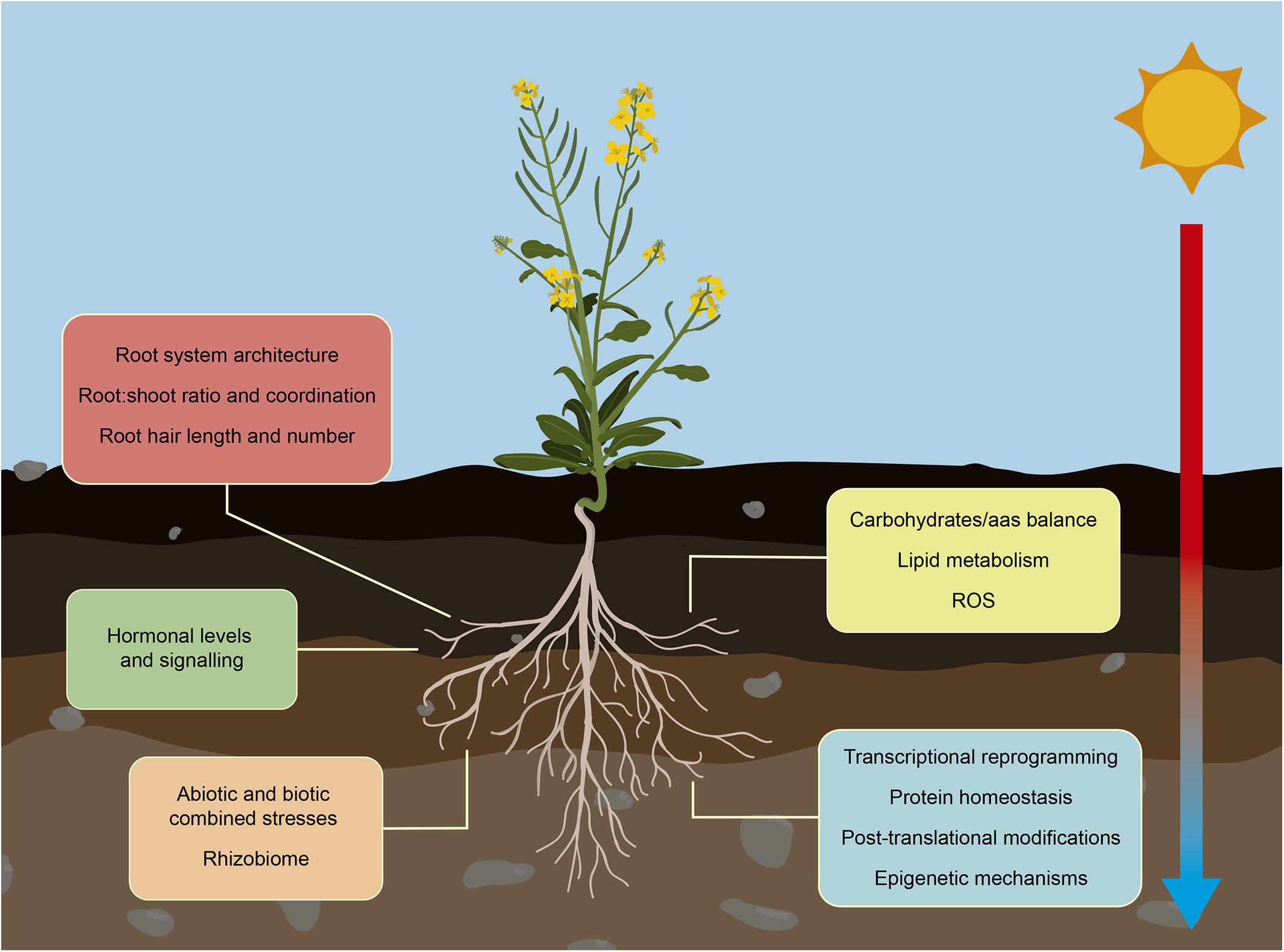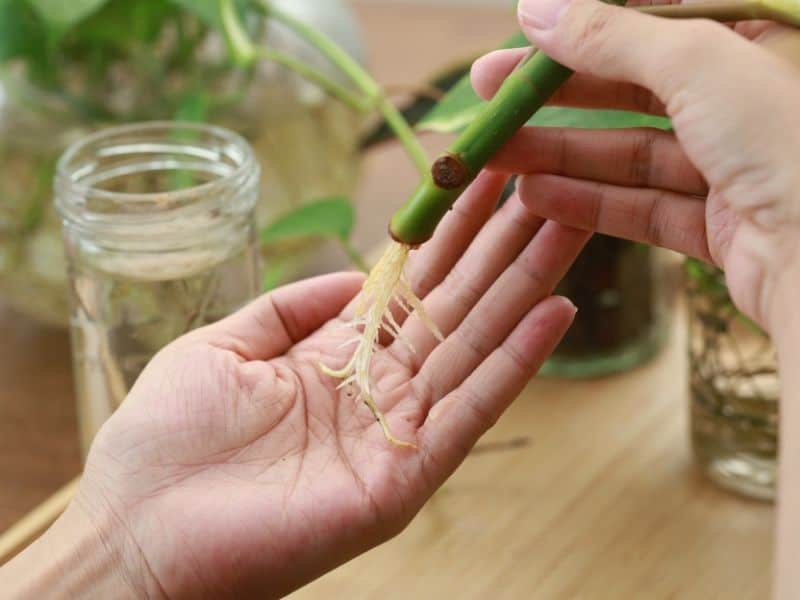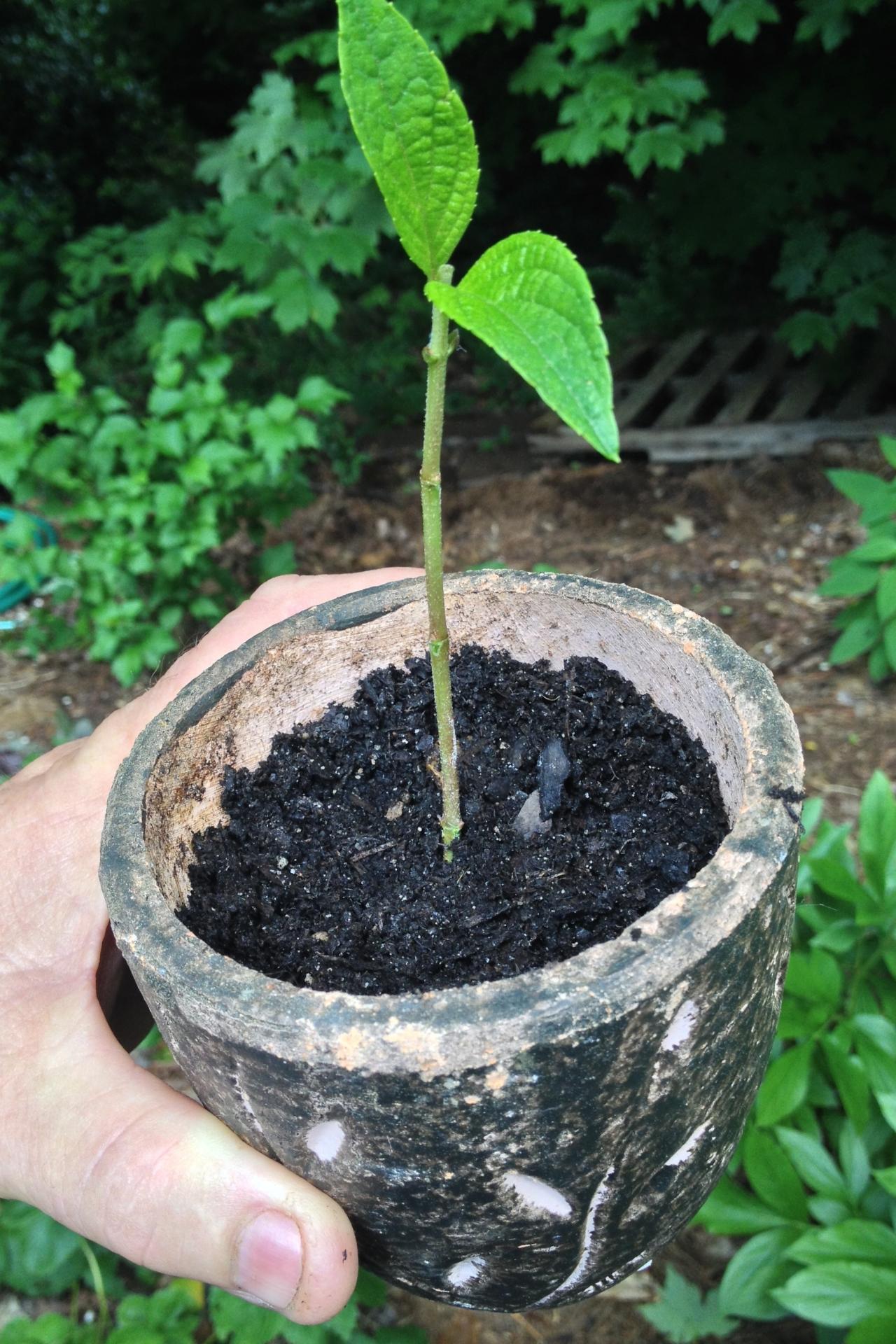Why Environmental Conditions Matter for Rooting Cuttings
Environmental conditions play a vital role in successful plant propagation. The best conditions for rooting cuttings are crucial for promoting healthy root growth and increasing the chances of successful propagation. Temperature, humidity, and light are three key factors that can significantly impact the rooting process. When these conditions are optimized, they can stimulate root development, enhance plant growth, and reduce the risk of propagation failure. On the other hand, suboptimal conditions can lead to poor root growth, reduced plant vigor, and increased susceptibility to disease. By understanding the importance of environmental conditions, gardeners and horticulturists can create an optimal environment that fosters healthy root development and sets the stage for thriving plants.
Optimizing Temperature for Root Development
Temperature plays a critical role in promoting healthy root growth and development. The ideal temperature range for rooting cuttings varies depending on the plant species, but generally falls between 65°F to 75°F (18°C to 24°C). Temperatures that are too high or too low can significantly impact root growth, leading to reduced plant vigor and increased susceptibility to disease. For example, temperatures above 80°F (27°C) can cause roots to grow too quickly, leading to weak and brittle roots, while temperatures below 55°F (13°C) can slow down root growth, making plants more vulnerable to disease. By maintaining the optimal temperature range, gardeners and horticulturists can create the best conditions for rooting cuttings, promoting healthy root growth and increasing the chances of successful propagation.
The Power of Humidity in Plant Propagation
Humidity plays a crucial role in promoting healthy root growth and development. Maintaining optimal humidity levels is essential for creating the best conditions for rooting cuttings. High humidity helps to reduce transpiration, allowing the cutting to focus its energy on root growth rather than water loss. This is especially important during the initial stages of propagation, as it helps to prevent the cutting from drying out and reduces the risk of propagation failure. Ideally, the humidity level should be maintained between 50% to 70%. This can be achieved by covering the propagation area with a clear plastic bag or a cloche, or by using a humidifier. By maintaining optimal humidity levels, gardeners and horticulturists can create an environment that fosters healthy root growth and increases the chances of successful propagation.
How to Provide the Right Amount of Light for Rooting Cuttings
Light is a critical factor in plant propagation, playing a significant role in promoting healthy root growth and development. The right amount of light can stimulate root growth, increase plant vigor, and reduce the risk of propagation failure. However, excessive light can be detrimental, causing the cutting to become scorched and reducing its chances of survival. The ideal light intensity for rooting cuttings varies depending on the plant species, but generally falls between 10-20% of full sunlight. In terms of duration, most plants require 12-14 hours of light per day. By providing the right amount of light, gardeners and horticulturists can create the best conditions for rooting cuttings, increasing the chances of successful propagation. Additionally, using supplemental lighting, such as LED grow lights, can help to provide the necessary light intensity and duration, especially in areas with limited natural light.
The Importance of Water Quality and Availability
Water is a crucial component of plant propagation, and its quality and availability play a significant role in promoting healthy root growth and development. Using clean and fresh water is essential for creating the best conditions for rooting cuttings, as it helps to prevent the spread of diseases and reduces the risk of root rot. The water should be free of contaminants, such as chlorine and heavy metals, which can be detrimental to plant growth. Additionally, the water should be maintained at the right temperature, between 65°F to 75°F, to promote healthy root growth. In terms of availability, it is essential to ensure that the cutting has access to a consistent supply of water, without being overwatered or underwatered. This can be achieved by using a well-draining potting mix and a watering schedule that takes into account the plant’s water requirements. By maintaining optimal water conditions, gardeners and horticulturists can increase the chances of successful propagation and create an environment that fosters healthy root growth.
Nutrient-Rich Media for Healthy Root Growth
Using a nutrient-rich media is essential for promoting healthy root growth and development in plant propagation. A high-quality potting mix provides the necessary nutrients, such as nitrogen, phosphorus, and potassium, that support root growth and plant development. Additionally, the potting mix should have good drainage and aeration to prevent waterlogged soil and root rot. Fertilizers can also be used to provide additional nutrients, but it is essential to use them at the right concentration to avoid burning the roots. By using a nutrient-rich media, gardeners and horticulturists can create the best conditions for rooting cuttings, increasing the chances of successful propagation. Furthermore, a well-balanced potting mix can help to reduce the risk of root bound, a common problem that occurs when the roots outgrow the container. By providing the necessary nutrients and support, a nutrient-rich media can help to promote healthy root growth, leading to stronger and more vigorous plants.
Practical Tips for Creating the Ideal Environment for Rooting Cuttings
Creating the ideal environment for rooting cuttings requires careful planning and attention to detail. To create the best conditions for rooting cuttings, it is essential to set up a propagation area that provides optimal temperature, humidity, light, water, and nutrient conditions. Here are some practical tips to help gardeners and horticulturists create an ideal environment for rooting cuttings: First, choose a location with bright, indirect light, and maintain a consistent temperature between 65°F to 75°F. Next, ensure high humidity levels by covering the propagation area with a clear plastic bag or a cloche. Additionally, use a well-draining potting mix and water the cuttings carefully to prevent overwatering or underwatering. Finally, provide the necessary nutrients by using a high-quality fertilizer and maintaining optimal pH levels. By following these practical tips, gardeners and horticulturists can create an environment that fosters healthy root growth and increases the chances of successful propagation. By creating the best conditions for rooting cuttings, gardeners and horticulturists can enjoy a higher success rate and produce healthy, vigorous plants.
Common Mistakes to Avoid When Rooting Cuttings
When it comes to rooting cuttings, even the smallest mistake can lead to failure. To increase the chances of successful propagation, it is essential to avoid common mistakes that can hinder root growth and plant development. One of the most critical mistakes to avoid is overwatering, which can lead to root rot and plant death. On the other hand, underwatering can also be detrimental, causing the cuttings to dry out and fail to root. Another common mistake is providing inadequate environmental conditions, such as insufficient light, incorrect temperature, or low humidity. By avoiding these common mistakes and creating the best conditions for rooting cuttings, gardeners and horticulturists can increase their chances of success and produce healthy, vigorous plants. Additionally, failing to provide the necessary nutrients, using low-quality potting mixes, and neglecting to monitor for pests and diseases can also hinder the propagation process. By being aware of these common mistakes and taking steps to avoid them, gardeners and horticulturists can create an ideal environment for rooting cuttings and enjoy a higher success rate.






